By WeedWise Specialist, Sierra Bloomer
Recreation Areas Post-Wildfire
Most of us in Clackamas County remember the devastating Riverside Fire that ripped through the Mt. Hood National Forest, as well as nearby homes, farms, private forests, and timber lands. These fires greatly impacted not only forest habitats but numerous beloved campgrounds and popular recreation spots as well.
One of the heavily impacted areas was Forest Service Road 45, which connects Highway 224 at the Memaloose Bridge to Hillockburn Road. This area hosts many popular hikes including the Memaloose Trail leading to Memaloose Lake, several quarries utilized for target shooting, and countless other opportunities for hunting and recreating, all with amazing views of Mt. Hood.
Road 45 is a small portion of the 222 miles of road impacted by the Riverside Fire on the Mt Hood National Forest. Since the fire, sections of Road 45 have remained closed. The sections that have been reopened, have unpredictably become inaccessible due to ongoing hazards such as falling trees and landslides exacerbated by the destructive wildfire.
Road 45 was once covered in native trees, shrubs and herbaceous species as evidenced by the unburned pockets of vegetation that still remain. With the formerly established mature trees dying in much of the burn scar, the newly exposed landscape is susceptible to invasive species like blackberries, thistles, and Scotch broom. Many of the invasive weeds that moved in are plants that you might see in your backyard or on the side of the road. On the burned landscape of a previously pristine forest, these weeds can wreak havoc, pushing out native plant species and creating near monocultures that do not support native wildlife like butterflies, bears, and deer.

Fire’s Impact
Five years after the fire, Scotch broom is particularly widespread along Road 45, where it continues to spread for miles along the road. Scotch broom can spread quickly and is notoriously difficult to get manage due to the persistence of seed in the seed bank, the seeds can apparently lay dormant in the soil for up to 100 years! With funding from the Forest Service to support efforts to redevelop and restore the burned forest, the WeedWise has significantly ramped up the effort to treat Scotch broom in high priority areas of the forest. Roadsides are a priority because they are a known “vector” areas with lots of human movement. These areas promote the spread of weeds allow the weeds and their seeds to travel great distances. Roadsides and right-of-ways are often associated with ongoing disturbance and are more vulnerable to weed establishment.
Another threat to the area post-fire is the dangers of dead and dying trees along the roadside. They can fall at any moment, especially during wind events or rain. These trees, known as “hazard trees”, litter the road and are expensive, dangerous, and time consuming to clear. To fully reopen Road 45 for recreation, the Forest Service has commissioned a large-scale project to mitigate all trees along the road that pose a threat to safety. A project like this requires large equipment to cut and clear the trees, resulting in a lot of destructive earth moving which can spread the seed bank and temporarily leave the area completely exposed.

What Now?
To prevent distributing Scotch broom seeds even farther into the forest during the hazard tree removal, the WeedWise Program started by surveying and mapping the Scotch broom in these areas in the spring of 2024. Through the fall of 2024 and 2025, Scotch broom was treated using various integrated pest management (IPM) methods depending on several factors. Characteristics such as the height of the plants, size of infestation, and proximity to the road we evaluated. Contracted restoration crews were hired to treat the larger patches that traveled farther off the road, either by treating the invasive species with carefully selected herbicide or by cutting them with chainsaws or loppers.
Generally, the “rule of thumb” with Scotch broom is that plants with a stem larger than thumb width can be cut and will not grow back. Areas between large patches, where the invasive species mainly stayed along the roadside, were treated by WeedWise employees. The fall timing was ideal because it minimized impact to the native vegetation that was returning after the wildfire. Many native plants go dormant in fall and are not impacted by herbicide application, so in many cases, only the Scotch broom will be affected.


What is Next?
Hazard tree work has begun on Road 45. The WeedWise program plans to monitor the progress of the many Scotch broom infestations across the burn scar and continue to treat them as is needed and as we are capable. It is our hope that with sustained Scotch broom treatments, we will continue to see native plant regeneration. The hope is that we will see these native plants grow and out compete the Scotch broom eliminating or minimizing the need for additional treatments! The good news is that we are already seeing results!


